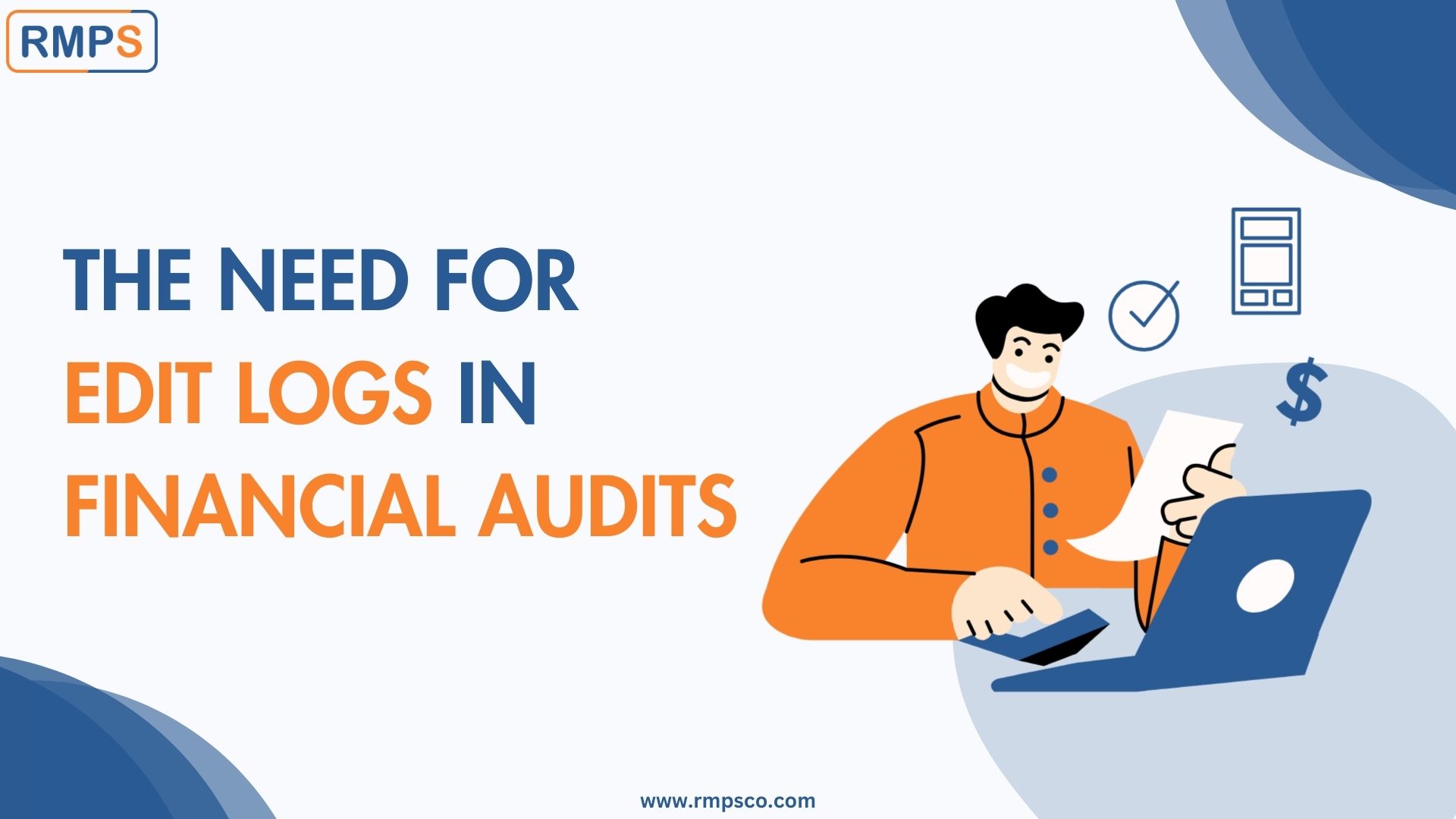
Today’s complicated financial world calls for transparency and accountability as essential, hence the need for accurate financial statements. Financial transactions are numerous and complex; therefore, there is a requirement for efficient techniques that can guarantee integrity and compliance. The Edit Log is an example of such a tool.
Purpose of Edit Logs
Edit logs serve as the foundation of transparent financial reporting. They maintain an immaculate and unchangeable history of any changes effected in the accounting data. This inclusive monitoring system enables auditors and accountants to trace all entries back to their origins thus ensuring that financial records are accurate and reliable. It is also crucial in identifying fraud as well as correcting errors. Moreover, edit logs are important in meeting statutory or regulatory requirements thereby boosting the compliance level of the organization.
What is an Edit Log?
The Edit log is the record that contains all changes done to data in the accounting system. Every entry in the edit log usually includes the date and time of change. The user who made the change, and details about what was edited. It can be changing transaction values, modifying customer data, or any other financial records.
These are logs that are used in audits for such reasons as they have definitive data sources and provide a transparent and straightforward timeline of entries, updates, and deletions.
Formats of Edit Logs
The exact format of edit logs may differ depending on the accounting software employed but would generally include certain key components to ensure a detailed recording of every alteration. This uniformity across different platforms ensures that regardless of the type of software being used, there is a secure and reliable audit trail to be maintained.
Though the formats of edit logs vary according to the accounting software employed, they usually consist of:
Timestamp: These indicate when exactly the modification was implemented.
User ID: This identifies who carried out these changes.
Data Changed: This demonstrates precisely what information has been revised often presented as before-and-after values.
Reason for Change: When enabled, users can tell why they changed something
Use cases of Edit Logs
Financial managers find the following uses of edit logs crucial:
Compliance: Ensuring all financial statements meet regulatory and legal standards that are essential in the regulated finance environment of today.
Audit Support: Making it easy for both internal and external audits by giving a transparent path of all financial transactions as well as changes made on them.
Security Monitoring: It aids in checking if unauthorized access or changes to the financial information have taken place thereby improving the security frameworks of financial systems.
Error Correction: This makes it possible to identify and correct errors within financial transactions hence making finance records more accurate.
The main role of Edit Logs
Edit logs mainly aim at enhancing dependability and precision in accounting. They promote outstanding financial stewardship among entities, facilitate conformity with benchmarks, and form a solid audit trail on monetary documents. In situations where preciseness is critical, edit logs function as a safeguard against data tampering as well as loss of integrity.
Guidelines for Tracing Edit Logs
For effective tracing of edit logs, maintaining them requires following specific guidelines specified by regulatory bodies. According to the Institute of Chartered Accountants of India (ICAI), the following responsibilities and practices must be observed:
Management’s Responsibility
Software Selection: Accounting software should be selected by management which has an audit trail that will record any change made.
Implementation: Make sure the feature auditing trail is effectively implemented and cannot be disabled.
Maintenance: The software, whether it is hosted in-house or on the cloud or being run by a service organization, should have an ongoing audit trail function.
Internal Controls: Set up controls to:
Prevent disabling the audit trail.
Assign unique user IDs and prevent sharing.
Authorize and log changes to audit trail configurations.
Restrict and monitor access to the audit trail.
Backup and archive audit trails periodically as per statutory requirements.
Preservation: Preserve these trails for a minimum period of eight years as required by the Companies Act 2013.
Auditor’s Responsibilities
Verification: Verify that the accounting software has an operational audit trail feature throughout the year.
Assessment: Examine if the audit trail feature can be turned off or interfered with.
Evaluation: Make sure that all transactions recorded are included in the audit trail and that it is kept as prescribed by law.
Reporting: Give an account of the adequacy and efficiency of the company’s accounting software concerning the presence of an audit trail.
Conclusion
Edit logs are a fundamental component of modern financial systems. They play a crucial role not only in complying with complex regulatory frameworks but also in promoting transparency and trustworthiness in financial reporting. By meticulously logging every financial activity, organizations can protect themselves against discrepancies and establish rigorous financial controls that are essential for long-term success.
LinkedIn Profile : RMPS & Co.
This article is only a knowledge-sharing initiative and is based on the Relevant Provisions as applicable and as per the information existing at the time of the preparation. In no event, RMPS & Co. or the Author or any other persons be liable for any direct and indirect result from this Article or any inadvertent omission of the provisions, update, etc if any.
Published on: June 12, 2024
